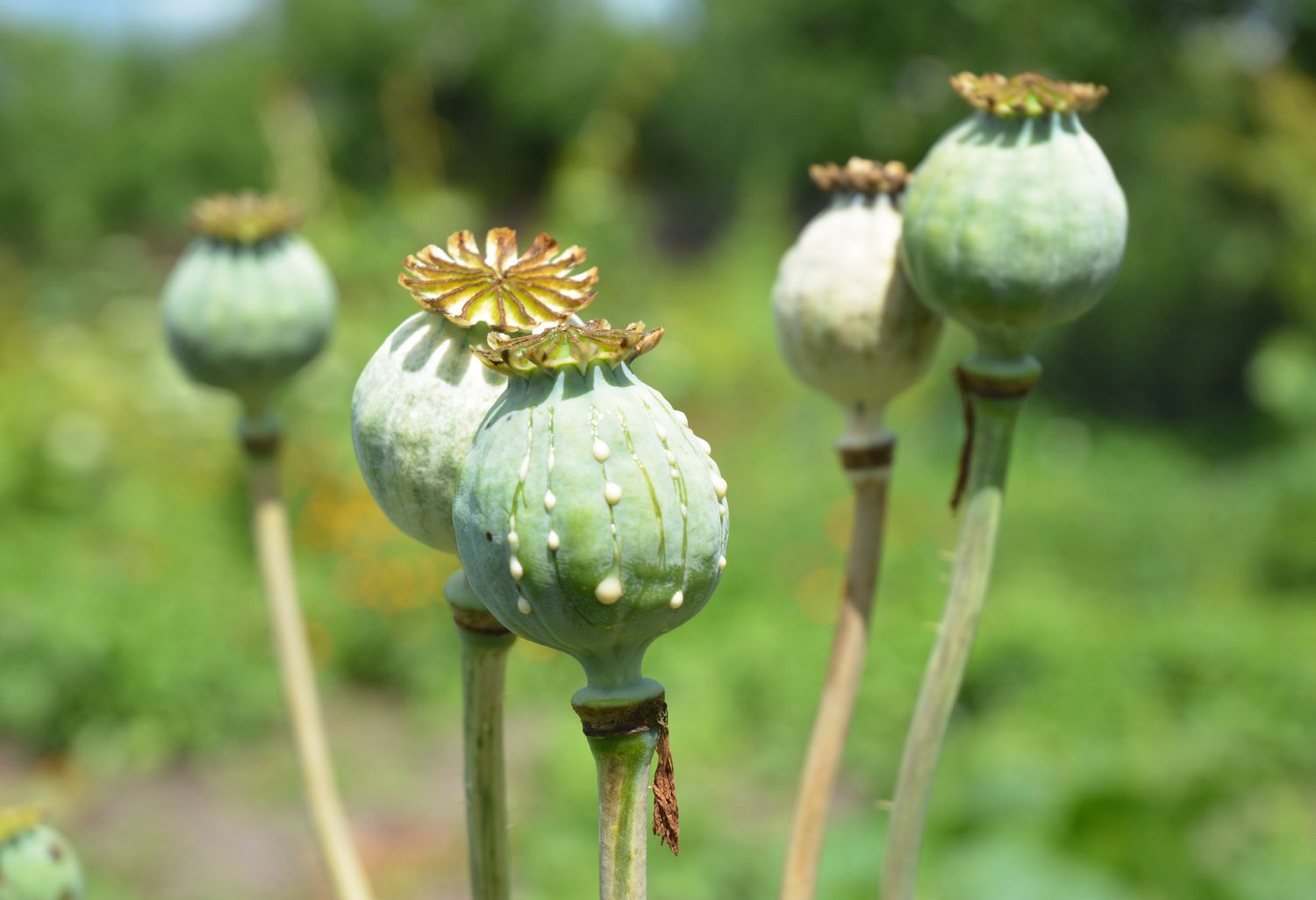
Poppy, also known as Papaver, is a captivating and enchanting plant that has intrigued humans for centuries. Its delicate yet vibrant flowers, ranging in color from fiery red to gentle pastels, have become symbolic in various cultures around the world. But poppy is more than just a beautiful plant. It holds a rich history, possesses fascinating characteristics, and offers numerous benefits.
In this article, we will delve into the world of poppy and uncover 12 extraordinary facts about this remarkable plant. From its significance in ancient civilizations to its role in medicine, poppy continues to captivate our attention with its unique allure. So, join us as we embark on a journey to discover the captivating secrets of the poppy plant.
Key Takeaways:
- Poppy, a diverse and symbolic flower, has a rich history of medicinal and culinary uses, and plays a crucial role in the ecosystem as a source of food for pollinators.
- The name “Poppy” comes from the Latin word “papaver,” meaning “milk,” and the flower holds deep cultural significance, especially in relation to remembrance and symbolism in different cultures.
The Meaning Behind the Name
Did you know that the name “Poppy” is derived from the Latin word “papaver,” which means “milk? This is due to the fact that some species of poppy produce a milky sap.
The Symbol of Remembrance
The poppy flower has long been associated with remembrance, especially in countries like the United Kingdom and Canada. This tradition stems from the famous World War I poem, “In Flanders Fields,” where poppies grew amidst the graves of fallen soldiers.
A Diverse Family
Poppy is a part of the Papaveraceae family, which includes over 70 different species. These species vary in size, color, and growth habits, showcasing the diversity of the poppy plant.
The Opium Connection
One of the most well-known species of poppy, Papaver somniferum, is the source of opium, a strong narcotic used in the production of opioids. However, it’s important to note that not all poppies produce opium.
Mesmerizing Varieties
Poppy flowers come in a wide range of colors and patterns. From the vibrant red petals of the Shirley Poppy to the delicate white blooms of the Iceland Poppy, there is a poppy variety to suit every gardener’s taste.
Short-Lived but Stunning
While the individual flowers of poppies may only last for a few days, their brief bloom time is a spectacle to behold. The vibrant colors and unique forms of poppy flowers make them a standout addition to any garden.
Symbolic Significance in Different Cultures
Poppies hold cultural significance in various parts of the world. In Chinese culture, red poppies represent beauty and success, while in ancient Greek and Roman mythology, they symbolize the creation of the earth.
The Papaver Rhoeas Connection
The Papaver rhoeas, also known as the common poppy or corn poppy, is the iconic symbol of the British Legion and is sold as a sign of remembrance on Armistice Day.
Edible Poppies
Certain species of poppy are cultivated for culinary purposes. The seeds of the opium poppy, for example, are commonly used in baking and cooking, adding a unique flavor and texture to various dishes.
The Poppy’s Medicinal Uses
Poppy has a long history of medicinal use. Throughout the ages, different parts of the plant have been used in traditional medicine to treat ailments such as pain, coughs, and insomnia.
Pollen Power
Bees and other pollinators are drawn to poppy flowers due to their high pollen content. As they gather nectar and pollen, these buzzing insects play a crucial role in the pollination and reproduction of the poppy plant.
Poppy Seeds for Muffins and Bagels
We often come across poppy seeds as a delicious addition to muffins, bagels, and other baked goods. These tiny seeds not only add a delightful crunch but also have nutritional benefits, as they are a good source of dietary fiber and essential minerals.
Conclusion
In conclusion, poppies are truly extraordinary plants with a rich history, fascinating adaptations, and a wide range of uses. From their stunning flowers to their medicinal properties, poppies have captivated humans for centuries. Whether it’s their role in pharmaceuticals or their symbolic importance in cultures around the world, the poppy continues to amaze and intrigue us. So next time you come across a field of poppies, take a moment to appreciate the beauty and significance of these remarkable plants.
FAQs
Q: Are all poppy species psychoactive?
A: No, not all poppy species are psychoactive. While the opium poppy (Papaver somniferum) is known for its psychoactive properties, many other poppy species do not contain the same compounds.
Q: Can poppies be grown in home gardens?
A: Yes, poppies can be successfully grown in home gardens. There are various species of poppies that are well-suited for different climates and soil types, so with the right conditions, you can enjoy these beautiful flowers in your own backyard.
Q: Are poppies endangered?
A: Some species of poppies are endangered due to habitat destruction and overcollecting. However, not all poppy species are endangered. It’s important to be aware of conservation efforts and only obtain poppies from reliable sources.
Q: Are poppies used in traditional medicine?
A: Yes, poppies have a long history of use in traditional medicine. The opium poppy, in particular, has been used for centuries to produce pain-relieving and sedative medications. Other species of poppies also have medicinal properties and are used in herbal remedies.
Q: Do poppies have any symbolic meanings?
A: Yes, poppies hold symbolic meanings in many cultures. They are often associated with remembrance and honoring the fallen soldiers. In some cultures, poppies are also seen as symbols of beauty, fertility, and resurrection.
Poppies captivate with their extraordinary beauty and rich symbolism, but there's even more to explore! Uncover the enigmatic world of Iceland poppies, where stunning blooms thrive in harsh landscapes. Join vibrant celebrations at poppy festivals, immersing yourself in a sea of color and joy. Dive into the nutritional powerhouse of poppies, packed with surprising health benefits. Each facet of this fascinating flower holds secrets waiting to be discovered. Which aspect of poppies will you delve into next?
Was this page helpful?
Our commitment to delivering trustworthy and engaging content is at the heart of what we do. Each fact on our site is contributed by real users like you, bringing a wealth of diverse insights and information. To ensure the highest standards of accuracy and reliability, our dedicated editors meticulously review each submission. This process guarantees that the facts we share are not only fascinating but also credible. Trust in our commitment to quality and authenticity as you explore and learn with us.


